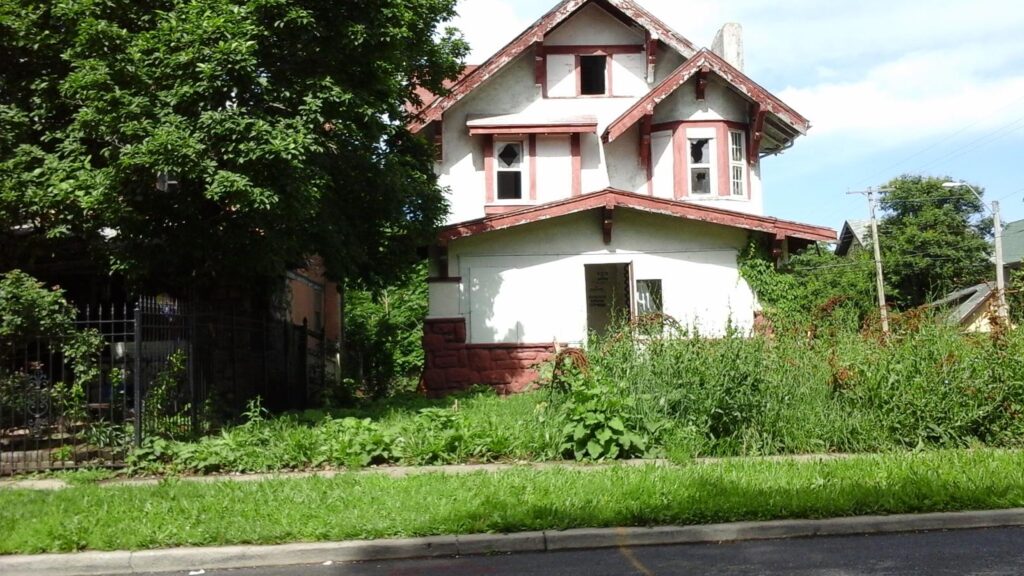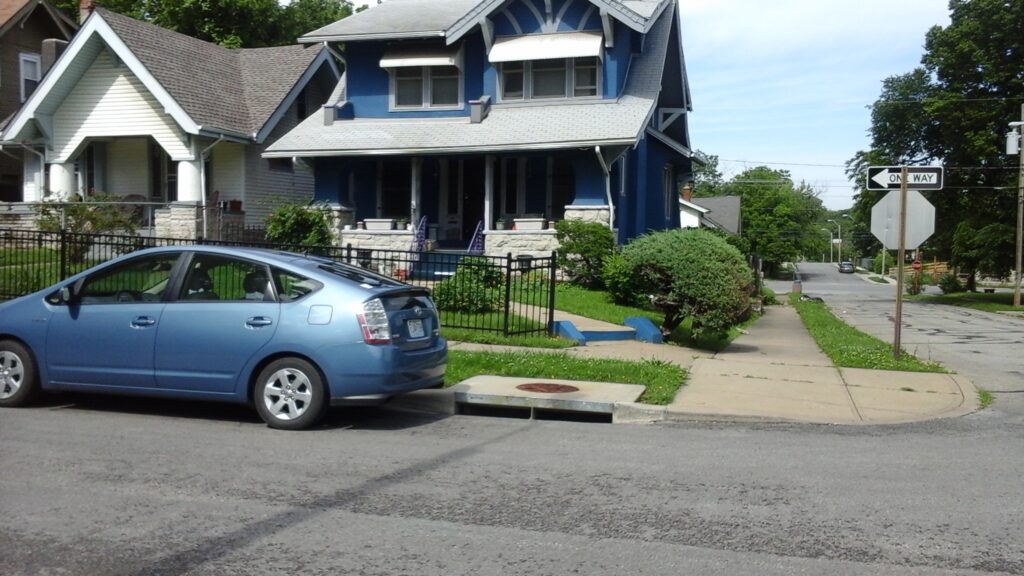By:
Dave Kingsley
Monetizing Health Care and the Commodity Fetish of Hyper-capitalism
In this age of hyper-capitalism, anything that can be monetized will be monetized. Financiers are very good at finding ways to turn normal human activity into an investment. There is no better example of this than A Place for Mom – a private equity-owned firm. Although this company’s massive advertising blitz featuring Joan Lunden and her ilk have led the public to believe that it is a charitable service, it is a for profit enterprise paid by nursing homes to refer patients to them.
In addition to monetizing every facet of medical care and turning the elderly into commodities, corporations like A Place for Mom are allowed to operate unfettered and free to engage in deceptive advertising. Due to a lack of regulation, they are also able to operate behind a veil of secrecy.
Free is not Free to Providers & Taxpayers
Essentially, A Place for Mom is paid the equivalent of one month of Medicaid reimbursement for every patient they refer to a facility. As a researcher, I called this outfit and asked if they would tell me the name of facilities to which they made referrals. As everyone knows, there are good, bad, and very bad nursing homes. They will tell me or any other member of the taxpaying public nothing – bupkus, nada. The information I requested is not public and will not be made available to either potential customers or any citizen requesting it. It is important to know if these types of referral services have deals with specific facilities and what those arrangements would entail.
Like the long-term care system in general, it is not possible to evaluate these services in practically all states except the state of Washington. We don’t know if they have a pattern of referring to facilities with poor reputations and desperate for patients to fill beds. Because their employees sit in cubicles and sell services, their knowledge of long-term care is unknowable. I was told by one employee that she had only been on the job for one day and had no background in the field senior housing or elder care. That was a lucky break. I’m certain she was educated quickly on what she could reveal to callers.
Regulation & Transparency is Needed
Referral services are escaping regulation in most states. The State of Washington has enacted legislation with record keeping and reporting requirements (https://app.leg.wa.gov/rcw/default.aspx?cite=18.3308&full=true). Disclosure and records of relationships with both patients and facilities are required by the statute. This could serve as model legislation for initial attempts to regulate and monitor referral services.
The Washington statute doesn’t appear to include public access to the records for investigative journalism, research, and other purposes. That is, in my view, a weakness that needs to be overcome in future legislature.
Jobs Override the Health & Well-being of Elders & the Disabled
The state of Kansas has provided a $30 million subsidy to A Place for Mom’s shop in the vacated Sprint Campus in Overland Park. The Gray Panthers of Kansas & Missouri pressured the governor’s office to either squelch these subsidies or support legislation that would force transparency and disclosure of relationships with providers and clients. Governor Kelly has shown little interest in working with the Gray Panthers on monitoring referral services. Her letter to the Gray Panthers indicates that the overriding issue for her are the jobs A Place for Mom will bring to Kansas.



